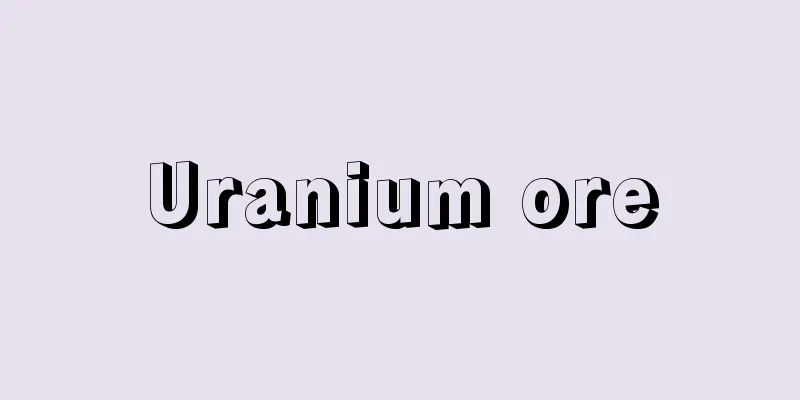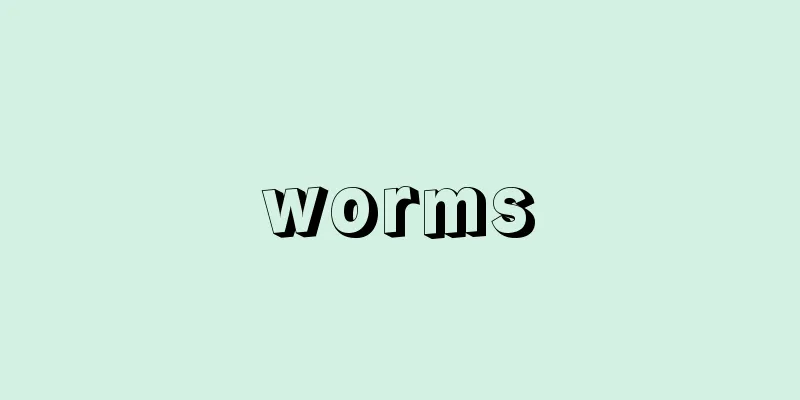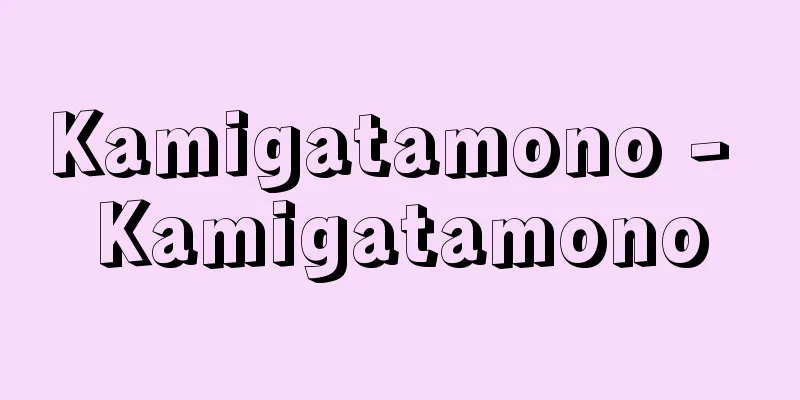Kuroda Seiki

|
Western-style painter. He was the first to introduce impressionist painting to Japan in the mid-Meiji period, and was active as an art educator and administrator. Born in Kagoshima City on June 29, 1867. His childhood name was Shintaro. He was adopted by his uncle Kiyotsuna, and moved to Tokyo in 1872 (Meiji 5), and later studied law in France in 1884. He entered the Raphaël Collin classroom at the Académie Colarossi, and also studied painting, but was eventually persuaded by Inoue Tetsujiro to resign from law school and devote himself to becoming a painter. He traveled frequently to Belgium and the Netherlands, and exhibited his work at various salons. In the spring of 1893, he exhibited "Morning Toilet" at the Société Nationale des Beaux-Arts, and returned to Japan in the summer. The following year, he established the Tenshin Dojo with Kume Keiichiro, where he trained the next generation of artists, and also served in the army during the Sino-Japanese War. In 1896, he became head of the newly established Western painting department at the Tokyo School of Fine Arts, and began full-scale French-style art education. He also founded the Hakuba-kai with his comrades and established a Western painting research institute. Kuroda was the first to introduce bright Impressionist painting to Japan, and greatly promoted the modernization of the Western painting world. He also traveled to France again in 1900-01 (Meiji 33-34), and exhibited his work Wisdom, Impression, Sentiment at the Paris World's Fair, where it won a silver medal. He served as a judge for domestic and international expositions, and for the Bunten exhibition, and was the first Western-style painter to be appointed as an Imperial Household Artist (1910). He was chairman of the National Art Association, founded in 1913 (Taisho 2), succeeded the Viscount in 1917 upon the death of his adoptive father, and was elected to the House of Peers in 1920. In general, he was very active in the field of art administration in his later years. Furthermore, in 1922, he succeeded Mori Ogai as the second president of the Imperial Academy of Fine Arts, and was awarded the Legion of Honor by the French government, among other things. He passed away on July 15, 1924. In accordance with his will, the Art Research Institute (now the Art Department of the Tokyo National Research Institute for Cultural Properties) was established. The Kuroda Memorial Modern and Contemporary Art Research Lab was also established within the institute. His representative works include "Reading," "Maiko" (Important Cultural Property), "Lakeside" (Important Cultural Property), and "Raspberry." [Tadao Ogura] "Kuroda Seiki" by Kumamoto Kenjiro (1966, Nihon Keizai Shimbun)" ▽ "Kuroda Seiki's "The Future of Painting" (1983, Chuokoron-Bijutsu Shuppan)" ▽ "Shincho Japanese Art Library 27 Kuroda Seiki" (1997, Shinchosha) ©Shogakukan Library "> Kuroda Seiki Source: Shogakukan Encyclopedia Nipponica About Encyclopedia Nipponica Information | Legend |
|
洋画家。明治中期初めて日本に印象派系絵画を移入し、かつ美術教育兼行政家として活躍した。慶応(けいおう)2年6月29日鹿児島市に生まれる。幼名新太郎。伯父清綱の養嗣子(ようしし)となり、1872年(明治5)上京、のち1884年法律研究のためフランスに留学する。アカデミー・コラロッシのラファエル・コラン教室に入り、画学をも修業するが、やがて井上哲次郎にさとされ、法律学校を退いて画家の道に専念する。ベルギー、オランダへたびたび旅行。諸サロンに出品。1893年春、ソシエテ・ナシオナル・デ・ボザールに『朝妝(ちょうしょう)』を出品し、夏帰国する。翌年久米桂一郎(くめけいいちろう)と天真道場を設けて後進の指導にあたるほか、日清(にっしん)戦争に従軍。1896年には東京美術学校に新設された西洋画科の主任となり、本格的なフランス式の美術教育を開始するとともに、同志たちと白馬会(はくばかい)を創立し、洋画研究所をも設立した。こうして黒田は日本に初めて明るい印象派系の絵画を移入し、洋画界の近代化を大いに推進した。また1900~01年(明治33~34)ふたたび渡仏し、パリ万国博覧会に出品した『智(ち)・感・情』は銀賞を受けた。内外の博覧会審査官、文展審査員を務め、また洋画家として最初の帝室技芸員(1910)に任命された。1913年(大正2)創設の国民美術協会会頭、1917年養父の死去に伴って子爵を継ぎ、1920年には貴族院議員に当選するなど、概して晩年は美術行政の分野で大いに活躍した。さらに1922年には森鴎外(おうがい)の後を受けて第2代帝国美術院院長に就任、フランス政府からレジオン・ドヌール勲章ほかを受けた。大正13年7月15日没。その遺志により美術研究所(現東京文化財研究所美術部)が創設された。また同研究所内に黒田記念近代現代美術研究室が設けられている。代表作『読書』、『舞妓(まいこ)』(重要文化財)、『湖畔』(重要文化財)、『木苺(きいちご)』などがある。 [小倉忠夫] 『隈元謙次郎著『黒田清輝』(1966・日本経済新聞社)』▽『黒田清輝著『絵画の将来』(1983・中央公論美術出版)』▽『『新潮日本美術文庫27 黒田清輝』(1997・新潮社)』 ©小学館ライブラリー"> 黒田清輝 出典 小学館 日本大百科全書(ニッポニカ)日本大百科全書(ニッポニカ)について 情報 | 凡例 |
>>: Kurodasho [town] - Kurodasho
Recommend
Elixir
…This is one of the words that testifies to the f...
Elamite script - Elamite characters
… Elam, adjacent to Babylonia, was one of the fir...
Potinara
...Many intergeneric hybrids have also been produ...
Ichikawa Monnosuke
Kabuki actor. Stage name from the second generatio...
Pontryagin, Lev Semënovich
Born: September 3, 1908 in Trubchevsk [Died] May 3...
Mukaishima
Located in the southeast of Hiroshima Prefecture, ...
Cheap lodging - Kitchen
A lodging facility during the transitional period...
Double cropping - Nikisaku
Cultivating the same crop twice a year in the sam...
Otazuki
...The name Kitakata, the central city, was chose...
Equestrian troupe
〘 noun 〙 A group of traveling performers who tour ...
Edo sect debate - Edo sect debate
... Later, when the Nichiren sect (Hokke sect) ro...
General government - Ippanseifu (English spelling) general government
This is one of the classifications by institutiona...
Bedford Park
…Most middle-class homes were built in residentia...
Yubetsu River
It flows through northeastern Hokkaido and emptie...
Traveling performance
〘 noun 〙 A performance or show that tours the regi...









